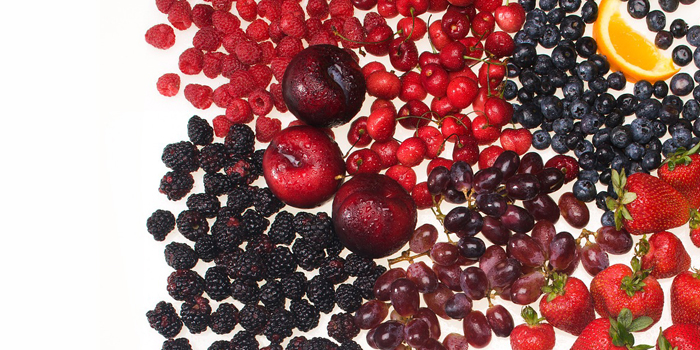
I don’t know what makes people so suspicious of carbs. Is it because of bad publicity? Or is it due to the ton of false information on how carbs make you fat? Or is it perhaps the fact that most people don’t really know what carbs are, what they do or how they affect our energy levels, health and life overall? It could be a combination of all these things, and quite frankly, I’m sick and tired of hearing the same thing over and over: “Yeah, I wanna lose weight for the summer, so I’m going to cut out carbs from my diet.”
In this article, we’ll discuss why carbs are essential for everyone. I’ll discuss what they are and how they affect our hormones and performance and debunk many other common misconceptions about this precious macronutrient. But before we can examine carbs and really learn what we’re dealing with, we need to know what a carb actually is.
What is a Carbohydrate (Saccharide)?
Carbs are one of the three major macronutrients (along with fats and protein). They are the body’s main source of energy. There are various types of saccharides including monosaccharides, disaccharides and polysaccharides, with monosaccharides and disaccharides falling under the ‘simple carb’ category and polysaccharides falling under the ‘complex carb’ category.
Simple Carbs
A simple carb is broken down easily by the body and used as energy. Simple carbs are found in most fruits, dairy products and many processed sweets such as candy, syrup and soda drinks.
Monosaccharides (simple sugars):
- Glucose: This is an important energy source that is needed by the cells and organs in our body to function properly. Most carbohydrates that we eat are broken down into glucose, which is also the main energy source for the brain.
- Fructose: Most commonly known as ‘fruit sugar,’ fructose is found in many plant sources such as honey, fruits and root vegetables.
- Galactose: This is most commonly found in milk and other dairy products.
Disaccharides (formed from two monosaccharide molecules):
- Sucrose: If you bond one glucose molecule with a fructose molecule, you get a sucrose molecule. Sucrose is found in table sugar.
- Lactose: If you bond one glucose molecule with a galactose molecule, you get a lactose molecule, which is commonly found in milk.
- Maltose: When two glucose molecules bind together, they form a maltose molecule.
Complex Carbs
Polysaccharides (formed from multiple chains of monosaccharides):
- Starch: A starch is also known as a complex carb. Starch is composed of a long chain of glucose molecules and can be found in foods such as bread, pasta, rice, potatoes, beans and grains.
- Fiber: Fiber is found in fruits, vegetables, grains and nuts. Eating a healthy amount of fiber every day helps prevent colon cancer, cardiovascular disease and diabetes. It can also have a positive effect on lowering LDL levels (the bad cholesterol).
- Glycogen: This is a polysaccharide that we store in our muscles and liver to use as energy during physical activity (such as weight lifting) and also to regulate the blood sugar levels through the glucagon hormone (if levels drop below a certain point).
Glycemic Index
The glycemic index (GI) is a measurement that determines the impact of the carbohydrates we eat on our blood sugar levels. Carbs enter the bloodstream as glucose at different rates. Those with a high GI enter the bloodstream quickly while those with a lower GI enter the bloodstream at a much slower rate because our body takes longer to break them down into usable energy.
By generally eating carbs with a lower GI such as brown rice, whole wheat bread and oats, you won't spike your insulin levels as much. Over time, you'll gain less body fat (especially if you don’t track calories and macronutrients), you'll decrease the risk of diabetes and you'll feel fuller for much longer after you eat. On the other hand, highly processed (especially sugary) foods, crackers, some fruits (mainly watermelon), some vegetables (such as white potatoes) and a lot of the soda drinks that have sugar in them have a very high glycemic index, which means that once you consume them, they get broken down for energy much faster. They enter your bloodstream at a rapid rate and force your pancreas to release more insulin at a faster rate to deal with the increase in blood sugar levels.
This has two main setbacks:
- By consistently forcing your pancreas to produce and release high levels of insulin, the cells can eventually stop responding to insulin and will require more of it to absorb the energy into the cells properly. This is called insulin resistance.
- Because high GI carbs get broken down faster, you are much more likely to feel hungry again very shortly after eating. This can easily lead to constantly overeating high calorie, high GI carb foods.
Check out this list of over 100 foods and where they fall on the glycemic index. Most of the whole, unprocessed foods have a low to moderate GI while their processed counterparts rarely drop below 65–70/100.
Carbs in Fat Loss — The Low Carb Misconception
This has been a highly debated topic in the fitness industry, and many of the ‘experts’ out there promote low carb diets as the best (and only) way to effectively lose fat. However, there are tons of studies that suggest otherwise. Not only is a low carb diet not better than a high carb diet in terms of overall fat loss, but there are two really big disadvantages to following a low carb diet:
1. More cravings and a greater chance of binge eating and overeating: High fiber carbohydrates have a much bigger impact on satiety (feeling full after you eat). If your main goal is to lose fat, you need to be in a caloric deficit. That is a given. But most people don’t realize that the source of your calories can greatly determine how full or hungry you’ll feel throughout the day. Obviously the fuller you feel, the better your chances of sticking with your deficit and not finding yourself snacking on various foods or overeating during your main meals. Furthermore, this study suggests that high fiber, protein and water had a greater satiety level compared to foods high in dietary fats. Think about this—fat is also very energy dense. One gram of fat contains nine calories whereas one gram of protein and one gram of carbs contain only four calories each.
When you’re in a caloric deficit and you don’t have much ‘room to expand’ so to speak, you can either eat a small amount of fat dense foods (which don’t fully satisfy your hunger in the first place) or you can go with a balanced meal that contains some starchy carbs (such as brown rice or oats), some leafy greens, tomatoes, cucumbers and lettuce combined with a good amount of protein (which also helps you feel full for much longer as the above study suggests). Both meals can net a total of 700 calories, but guess which one will help you get through to your next meal?
2. Low energy (no strength at the gym, no endurance, lack of motivation): Physical activity (such as weight lifting) uses our glycogen stores for energy. If you’re an individual who follows a low carb diet, you aren't providing your body with the carbohydrates it needs to break down for usable energy, both as glucose (which is the main source of energy for the brain and when in deficit, can cause lack of focus, motivation and willpower) and as glycogen (for your muscles and liver). This essentially means that your performance will suffer big time. You won’t be able to train with good intensity and volume, your endurance will be much lower and you'll be much more likely to lose a lot of muscle alongside the fat if you undergo a caloric deficit while also eating a very small amount of carbs each day. This is because as your performance in the gym drops, your ability to put your muscles under heavier loads decreases. When you combine that with less total training volume (which will most likely be the case because of the severe lack of energy) and less time under tension, your body will catabolize much more muscle than it would if you were to follow a good fat loss protocol where you eat enough carbs and protein that help you both retain your muscle and energy levels for the optimal fat loss.
Furthermore, this study looked into the issue of training in a low glycogen state as opposed to training in a high glycogen state. They found that when the muscle glycogen levels are low, post-workout signaling related to muscle repair and growth are impaired. When you combine that with a state of a caloric deficit (which also impairs the body’s ability to synthesize muscle), you'll have a much harder time not only recovering after intense workouts but also retaining your muscle mass.
The bottom line is not only does a low carb diet not put your body in a better fat loss state, but the disadvantages when compared to its high carb counterpart are so great that you would be making it much harder on yourself and not getting better results (if anything, you’ll actually have worse results). So the next time you hear somebody tell you, "You need to go low carb to get shredded, bro," you should smack him right in the face...or point him in the right direction (whichever makes you feel better—no judgment).
What to Do Instead
Of course, depending on your current goals (beyond just losing some excess fat), carbs will have a big impact on you and how well (or bad) your fat loss goes. While there are tons of people (or should I call them ‘broscientists’?) out there who you should absolutely ignore (they reject the fundamentals of fitness and nutrition and just spew myths and lies around), a high carb diet is a crucial element of a well-designed fat loss regime, which probably leads you to this question: how do I know how many carbs I should eat?
If you’ve made it this far, you most likely believe that a low carb approach isn't the right way. I’m very happy about that, and as a thank you, I’ll provide you with step-by-step instructions on how to determine your carb needs so that you don't waste time following the ‘newest and scientifically proven diet’ or ‘the keto diet that will get you shredded this summer.’
So here are the four basic steps that you should follow:
1. Calculate your caloric needs and determine how many calories you’ll need to lose fat: Read this post where I discuss how to calculate your basal metabolic rate (BMR) and total daily energy expenditure (TDEE) and how to easily add a caloric deficit.
2. Calculate your protein needs: When in a caloric deficit, I recommend eating anywhere between 1 and 1.2 grams of protein per pound of body weight.
3. Calculate your fat needs: Aim for 0.4 to 0.6 grams of fat per pound of body weight.
4. Fill in the rest of your calories with carbs: This could be a bit tricky, so I’ll give you an example. Let’s assume that you calculated your TDEE to be 3000 calories and you added a 20 percent calorie deficit (3000 * 0.25 = 750). You’d be left with 2250 calories to ‘work’ with. Now, simply deduct your protein calories from the 2250. So if you weigh 180 pounds, your protein should be between 180 and 216 grams (which is 720 to 864 calories; 1 gram of protein = 4 calories). Next, deduct your calories from fat the same way. If you weigh 180 pounds, you’d need between 72 and 108 grams (which is 648 to 972 calories; 1 gram of fat = 9 calories). And now deduct the combined calories from your fats and protein from your 2250. You’re left with anywhere from 105 to 220 grams of carbs (depending on your fat and protein intake for the day, this number may vary). And after five minutes of calculations, you now know your carb needs. Congrats!
Philip Stefanov is a fitness and nutrition blogger and the founder of Theaestheticnation.com. He is a certified personal trainer and has helped hundreds of people cut through the bro science and effectively build muscle and lose fat. He hopes to reach more people with his blog and ultimately achieve his goal of helping 100,000 people get fit. You can find him on Facebook and Twitter.









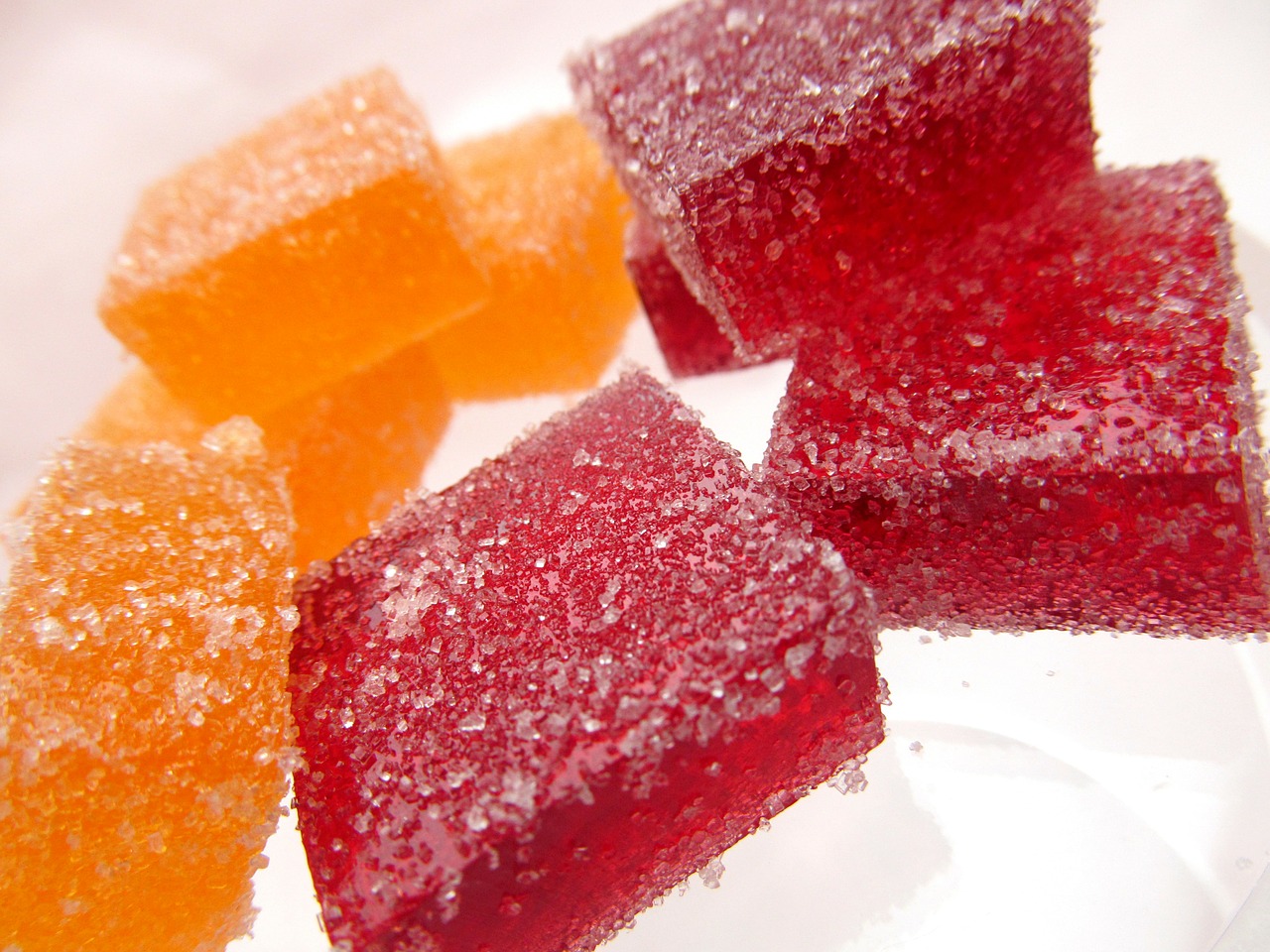
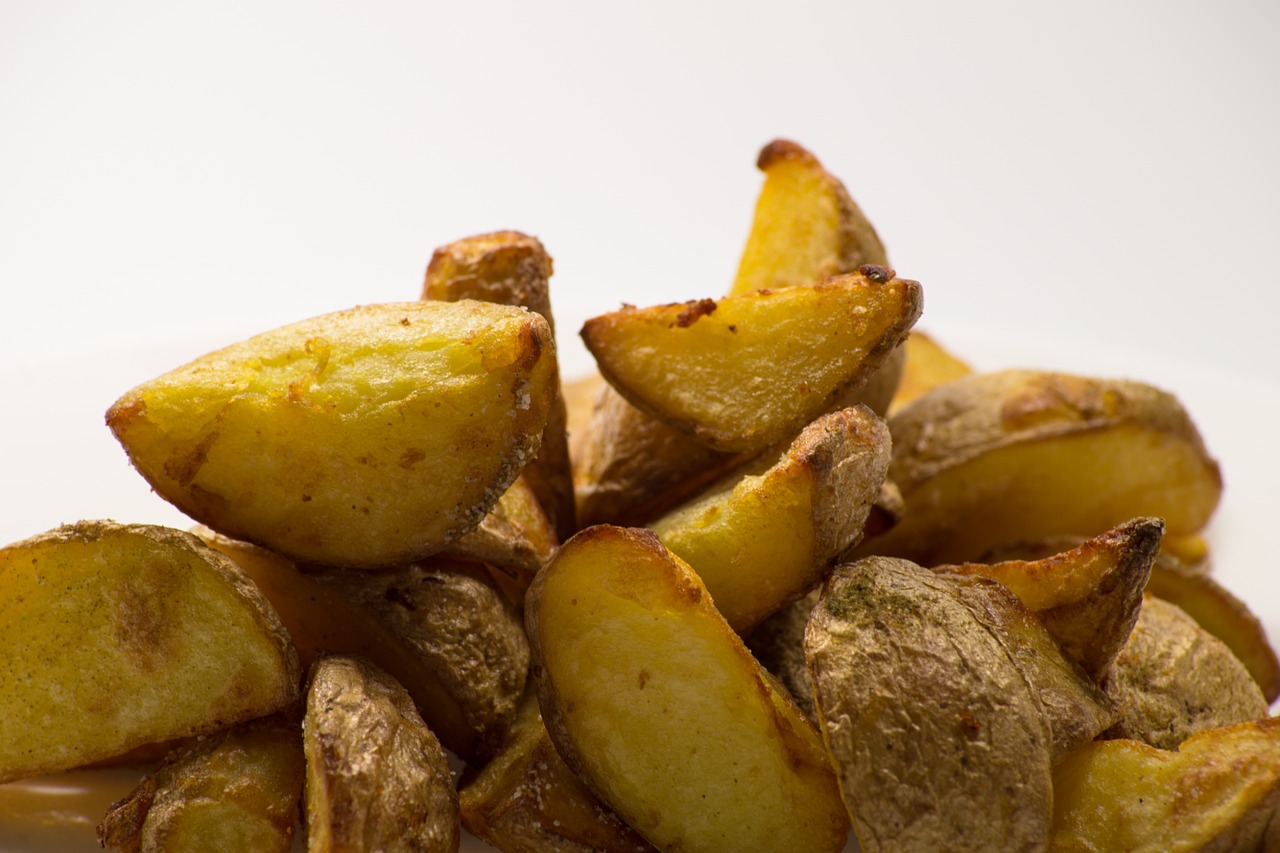
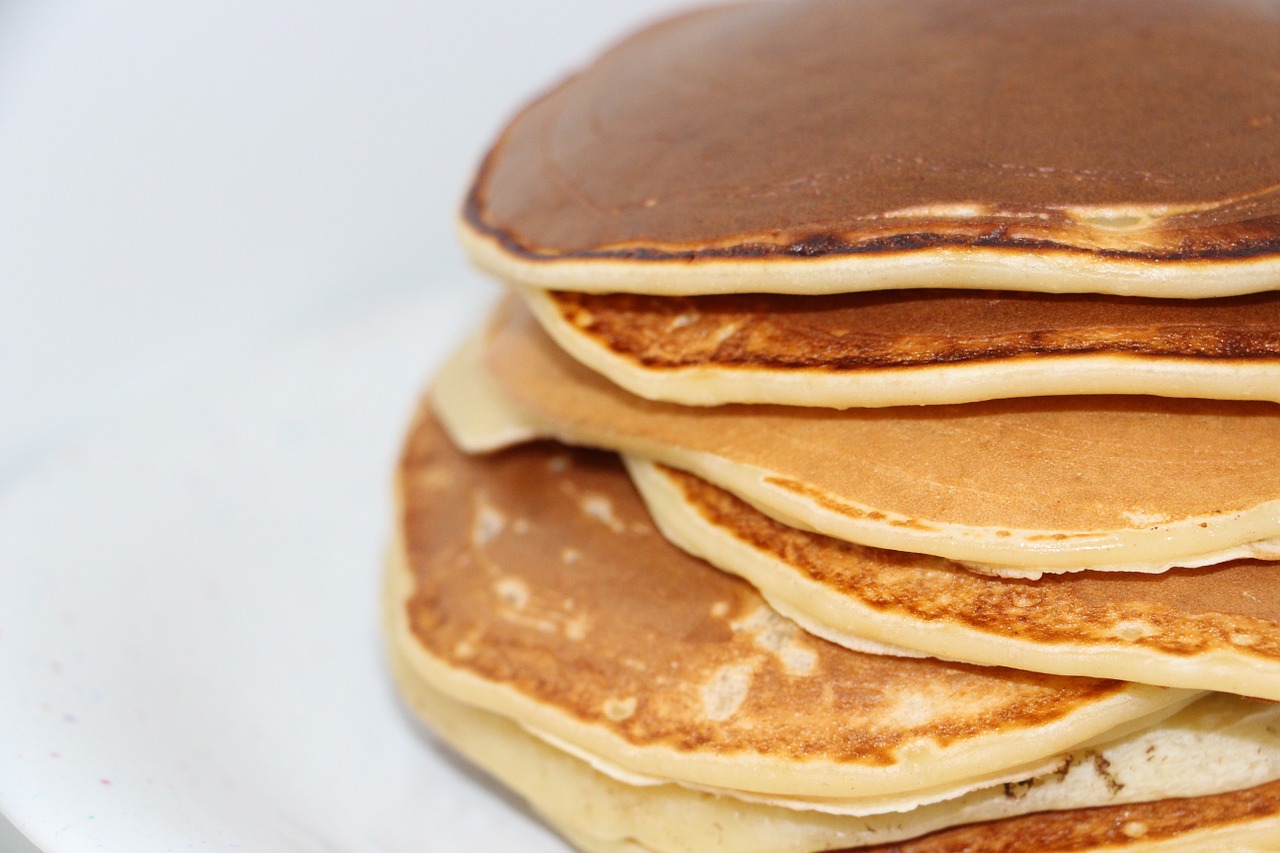
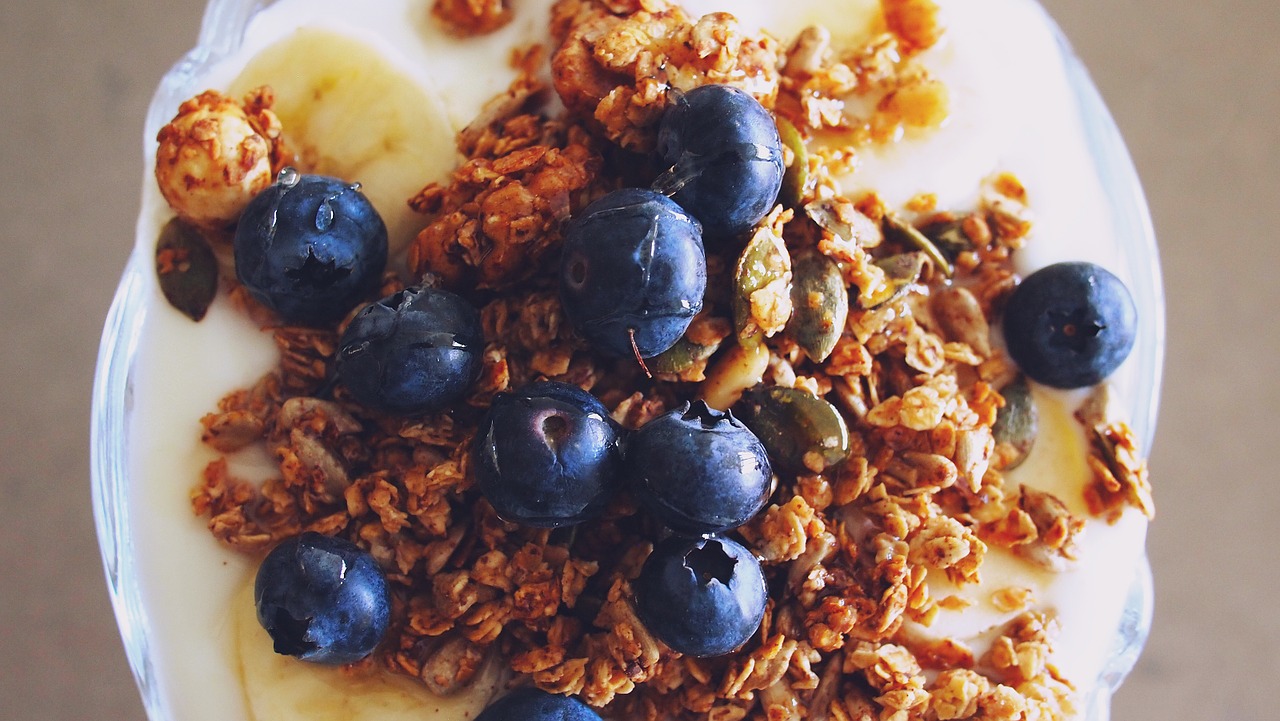
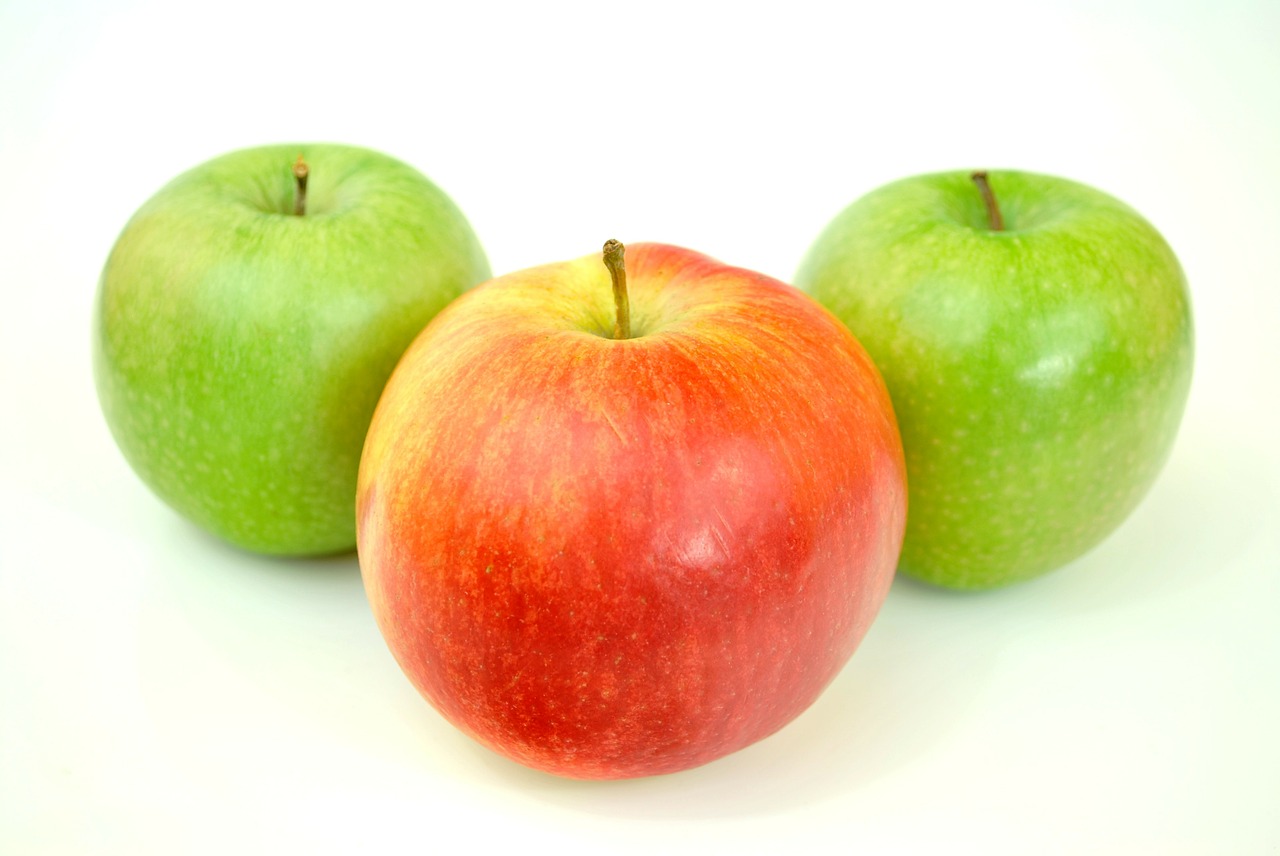

Glad you enjoyed my article and found it informative. My goal was to make it as clear and as understandable as possible while still providing you guys with accurate information on carbs.
Cheers.